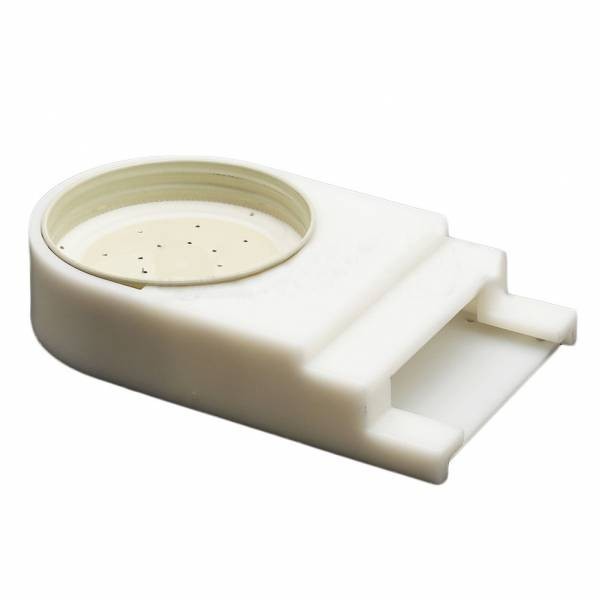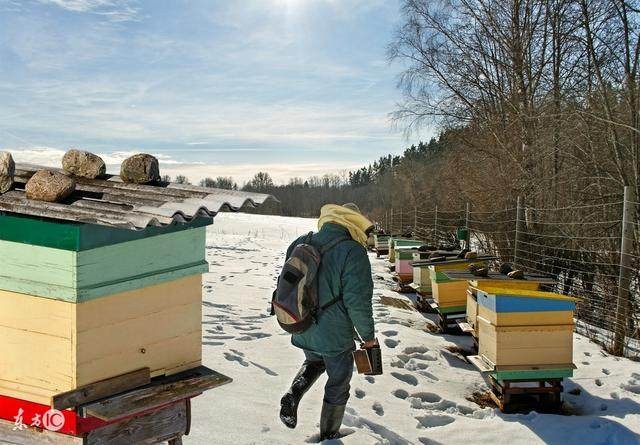During the winter, when flowers are not blooming, bees may consume honey that they have stored.Bees need carbohydrates, proteins, lipids, vitamins, and minerals for survival and development. They cover those needs from nectar and pollen of plants. Carbohydrates are the primary energy source for bees and are essential for brain function. Pollen contains proteins that are essential for the development of bee larvae. Lipids are important for the development of the bee reproductive system. Minerals are needed for a variety of functions, including building bee shells. Vitamins are needed for the proper function of all the systems of the bee body.
to stay alive, the worker bees have to eat the honey they collected in summer.In the fall and winter, bees cannot get the pollen and nectar they need from plants, so they have to eat the honey they collected in the summer. This helps them to stay alive until the spring, when they can start collecting pollen and nectar again.
Bees play an important role in the life cycle of plants and flowers. They grow in the spring (when there is long flowering), collect pollen and nectar during the summer, reduce their population in autumn and overwinter with small populations and heavy winter supplies, ensuring their survival until next spring. This process allows plants to reproduce and continue their life cycle.
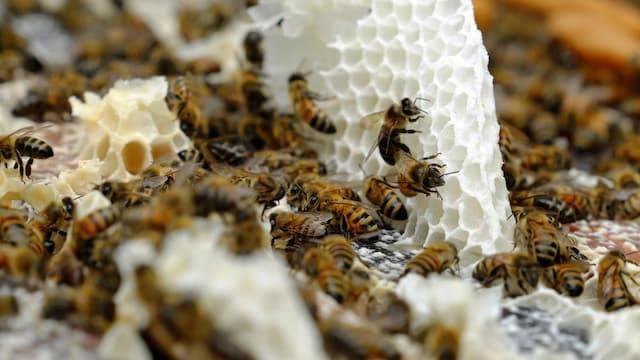
Bees are interesting creatures in that they produce and store various products for their own use. This includes honey, wax, and propolis. While we may think of bees as being honey-makers, they actually use the honey as a food source. The wax is used to build their hives, and propolis is used as a way to repair any damage to the hive.
Bees are able to survive off of eating honey during winter and other periods when pollen is not available. Beekeepers actually "steal" a portion of this emergency stock, when they harvest honey. This provides the bees with the necessary energy to keep them warm and alive during these periods.
If beekeepers only take the honey that the bees can spare, the bees will be able to continue their lifecycle without any problems. In fact, they will even produce more honey to make up for the honey that was taken from them.
Bees are amazing creatures that work tirelessly to produce honey. Under optimum conditions, a healthy beehive can collect up to 160 pounds of honey in a year. That's a lot of honey! And the bees can consume up to 130 pounds of it. That leaves a surplus of 30 pounds or more, which can be collected by beekeepers.
Intervention in the nutritional function of colonies is important to the health and productivity of the hive. Beekeepers can provide natural products, like honey, or processed sugar to the hive to help with bee feeding. This supplemental nutrition can help the bees stay strong and healthy, and produce more honey.
The intervention is meant to help reduce the number of colonies during the winter, as well as to encourage brood rearing. This will help offset the negative effects of the winter season on bee populations.

Often times, when a new queen is introduced into a hive, the workers will need to be persuaded that she is indeed their new leader. To do this, the hive will add some food as an offering to her. This is typically a sign that the old queen has been killed or has left, and that it is time for a change.
The most popular bee food is the sugar syrup. It is made by mixing sugar and water in a ratio of two parts sugar to one part water. Beekeepers will sometimes add a little bit of honey to the syrup to help the bees build up their energy reserves.
Brown sugar or sugar with additives may cause dysentery for bees, so beekeepers never use them.
The best way to stimulate brood rearing is to use a thin sugar syrup in the ratio of 1/1 (1 part granulated sugar and 1 part water). This will provide the necessary nutrients for the bees to rear their young, while also not being too heavy or sticky for them to fly.
Then they reduce it to 6 oz. (170g) for another 10 days before increasing back to the original amounts. Many beekeepers start feeding with thin sugar syrup for 10 days, with daily doses of 7-9 oz. (200-250g). Then they reduce it to 6 oz. (170g) for another 10 days before increasing back to the original amounts. By doing this, the bees have time to get used to the new food and build up their stores.
This is an initial dosage scheme for a new apiary and the apiarist shall closely monitor it, making constant refinements.
When making a thick sugar syrup, there is no need to boil the water. You can heat the water to a temperature of 120-140 degrees Fahrenheit (50-60 degrees Celsius). The thick sugar syrup is made by mixing 2 parts sugar with 1 part water.
When collecting honey and trying to save as much as possible, one should not feed the colonies with thick syrups. This will only lead to more waste and less honey saved in the long run.
A beekeeper will use different types of sugar depending on the time of year. In the spring and summer, when the bees are collecting nectar, the beekeeper will use thin sugar syrups. This type of sugar is easy for the bees to process and store. During the late fall, when the bees are preparing for winter, the beekeeper will use thick sugar syrup. This type of sugar is more difficult for the bees to process, but it provides them with the calories they need to survive the winter.
Many beekeepers use sugar water mixes to help their bees. This mix is typically two parts sugar and one part water. Some beekeepers also add thyme essential oils to this mix. You can ask local experts about what ratio of sugar to water is best for your area.
Bees are attracted to sugar syrup, so we put it in shallow plates and add small pieces of wood. This allows the bees to stand on the wood and drink the syrup without drowning.
Other apiarists use special fondants and sugar pies to lure bees into their hives. The bees are attracted to the sweet smells and the sugar, and they will enter the hive in search of the food. Once they are inside, the apiarist can then remove the bees and harvest the honey.
When putting syrups and fondants into hives, beekeepers have to be careful not to attract other insects and predators. This is because these sweet substances are very attractive to other creatures. If beekeepers are not careful, they could end up with a hive full of unwanted guests!
The sugar is added to the top of the frames, between the frames and the hive cover. It is important that the sugar be dry, as wet sugar can lead to mold, which can kill the bees. The sugar can be added in the fall, after the honey harvest, or in the winter, if the bees appear to be struggling.
In Canada, the temperature often drops below -22°F (-30°C). As a result, some beekeepers put a 50 pound quantity of sugar inside the hive as a routine. The sugar provides the bees with the energy they need to stay warm and keep the hive warm.
Sugar with additives can create bee dysentery. Keep this in mind when feeding your bees. Feed them sugar water that is free of additives. This will help them stay healthy and free of disease.
A weak beehive is not able to produce enough honey to sustain the bees over the winter, so supplemental food is necessary. It is estimated that for a weak beehive of 5 frames, 3 pounds (1,3 kg) of food is enough for 2 weeks during the winter. The food should be a 1:1 ratio of sugar and water, and should be placed in the hive in an area where the bees can easily access it.
Pollen is a powdery substance that is produced by flowers. It is necessary for the fertilization of many plants and is also a valuable source of food for bees. Beekeepers often use candy mix with pollen powder to supplement the pollen supply in their hives.
You can also make your own: mix 2 tablespoons of any of these ingredients with 2 tablespoons of honey and 1 teaspoon of water.If you want to give your bees a pollen substitute, you can find them at a good price in specialized shops. They are often made of soy flour, brewer’s yeast, dry milk and vitamin C. You can also make your own: mix 2 tablespoons of any of these ingredients with 2 tablespoons of honey and 1 teaspoon of water.
One of the most important things to remember when it comes to keeping honeybees is to provide them with a constant access to fresh and clean water. Without water, honeybees will not be able to survive or thrive. Make sure that there is a water source close to their hive and that it is always clean.
When beekeepers put small pieces of wood or other material inside water buckets, it helps honeybees stand on those floating pieces and drink water without drowning. By providing this safe footing, the beekeepers ensure that the bees can stay hydrated without any risk of injury.
Recommended Tools
Bee Frame Feeder
The bee frame feeder is a simple device that consists of a frame with a hole in the center. This hole is just big enough for a bee to fit through. The frame is placed over a container of sugar water or honey and the bee can access the food by crawling through the hole.
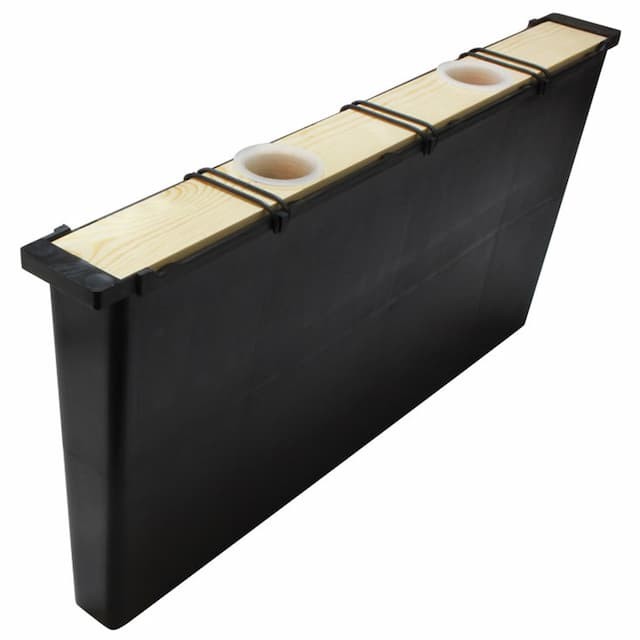
Bee Entrance Feeder
The bee entrance feeder’s proximity to the entrance can encourage bees from other hives to rob syrup and honey from your hive.
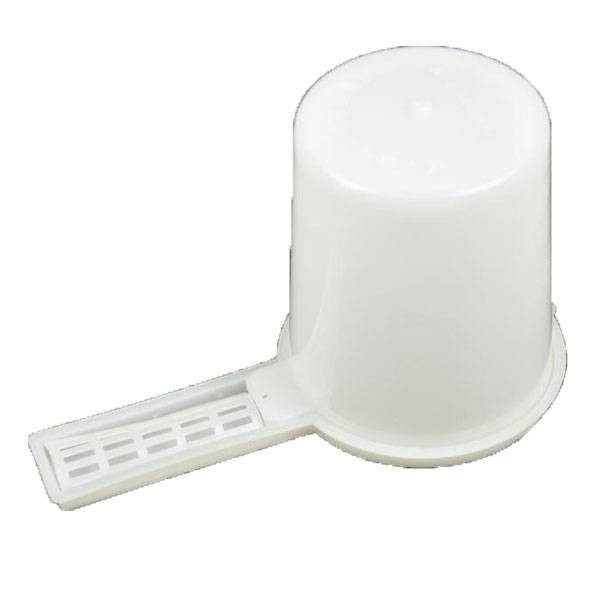
Boardman Entrance Bee Feeder Wholesale
This boardman Entrance Bee Feeder allows you to use your own Mason type jar or 5 lb. (2.27 kg) round jar for feeding at the entrance of your hive.
